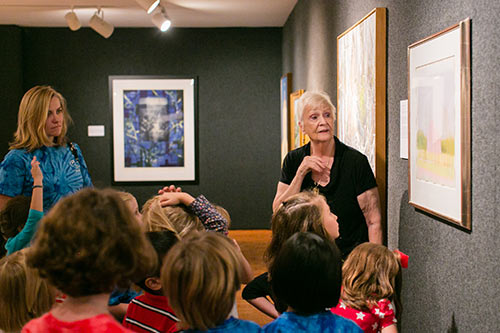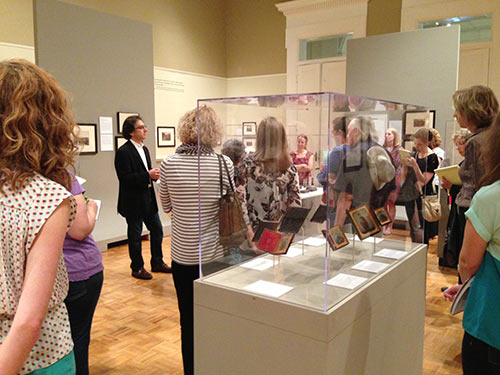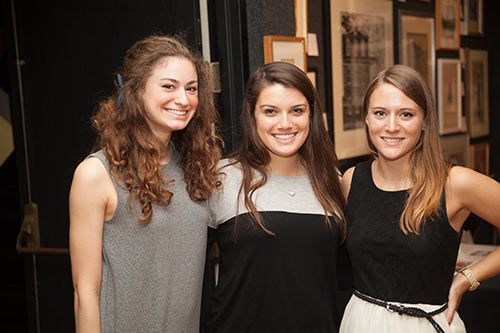My internship at Gibbes Museum of Art, located in the heart of Charleston, was both fascinating and rewarding. Under the watchful eye of Rebecca Sailor, curator of education, I learned first hand what it takes to keep a world-class museum up and running. I gained a better understanding of the roles and responsibilities of my colleagues, who work tirelessly to see that all aspects of the museum are “picture perfect” each and every day.
While my two previous internships directly influenced my decision to major in Communications, coming into this internship I had no previous knowledge of art history or arts management. Through the various events I participated in over the semester, I increased my skills in communication and in art. My experience at the Gibbes Museum has inspired me to learn more about art history through some of the wonderful classes offered at the College of Charleston. I was happy to find out that many of the professors work directly with the Gibbes.

The Gibbes Museum certainly delivers on its mission statement to “preserve and promote the art of Charleston and American South.” From the loan exhibitions, such as Photography & the American Civil War, to the important works of art illustrating Charleston’s history from the permanent collection, the Gibbes Museum contributes to Charleston’s reputation as one of the most historically rich cities in the United States. Working at the Gibbes has been a wonderful opportunity for me to learn more about my college town and to explore a subject I had not known much about before.
As a sophomore from Connecticut, I have sadly never endeavored to throw myself into Charleston’s history. Simply shadowing one of the Gibbes’ wonderful docents, I can now state random facts from Charleston’s history. Just as one individual, I can successfully say that the Gibbes Museum has made me more aware of my surroundings through their collection and their educational offerings.

During my internship, the Gibbes Museum hosted one of the most enthralling and historically riveting exhibitions, Photography & the American Civil War, on loan all the way from The Metropolitan Museum of Art in New York City. Jeff Rosenheim, the Met’s chief curator in the Department of Photography, provided a detailed tour and lecture about all the different photographs presented in the exhibit. Having some photography background myself, I took particular interest in this exhibit and learned a lot more about the history of the art form. One of the most interesting facts that I had not previously known was that the Civil War was the first war to be captured by the camera, and this exhibition includes many of the first photographs from that time period.

Working at the Gibbes Museum has opened my eyes to not only what it takes to operate a museum, but also to the rich history of Charleston. This internship has been one of the most inspiring experiences I have ever had, and has encouraged me to pursue the history of art through many different means, including courses here at the College. Having been an insider at this great institution, I can heartily recommend that both locals and visitors pay a visit the Gibbes Museum of Art. You will not be disappointed!
—Chase Hughes, Education Intern and guest blogger
Published December 19, 2013

